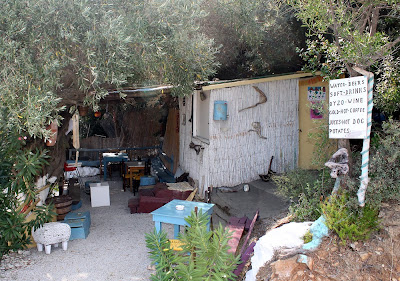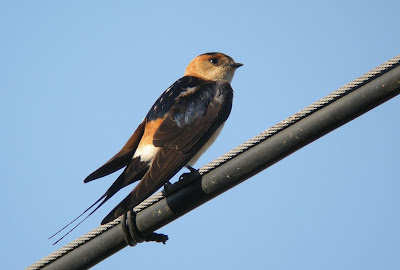If there are marks for trying then I surely deserved 10/10 this morning by hitting the road early for yet another mission to find some autumn migrants during the continuing easterlies.
I was heading north again so called into Lane Ends for an early perusal. The geese were just leaving the marsh, heading inland in search of food. The many skeins totalled more than 2000 birds before the noise of the Little Egrets’ early morning squabbles distracted me. The egrets too were about to set off for the day’s undertakings so I abandoned my goose counting to watch 26 or more egrets leaving the roost and heading off north, south, east and west. Here’s a project for a determined ringer - to find out how far the egrets travel to this roost, the turnover of birds, age composition etc.
Three Jays were about the woodland and a Kestrel hovering over the sea wall but otherwise quiet. Maybe I was too early for small birds.
Little Egret
Kestrel
There were small birds at Conder Green, mainly small yellowy-green things called Chiffchaff, and not the widely anticipated and sought after yellowy-green things named Yellow-browed Warbler. There were at least six Chiffchaffs in the area of the railway car park, most of them feeding hurriedly and silent with just the odd one or two giving out their forceful and tell-tale contact calls. Try as I might, the best I could find with the chiffys were migrant Chaffinches, some of those arriving from the north and dropping into the welcoming trees. As I watched Chaffinches arriving from the direction of the Lune a single Swallow flew over and then disappeared beyond the trees.
Chiffchaff
I couldn’t find the large flock of Goldfinches of a couple of days ago, just a small group of about 15 today, but there was a wildfowler stalking the marsh where the finches had fed. The wildfowler swung a trophy Teal below his shotgun so I cursed him before moving on.
Conder Pool and the nearby creeks held 7 Little Grebe, 40 Teal, 25 Redshank, 4 Snipe, 2 Cormorant, 2 Lapwing, 1 Grey Heron and 2 Pied Wagtail. The pool surface looked too rippled to expect the Kingfisher to sit around but it put in an appearance by flying upstream towards the road bridge.
Fluke Hall seemed a likely spot - an infrequent haunt of less than annual rarities but “a needle in a haystack” job if ever there was one in the lush vegetation. A Peregrine on the sands greeted me, and it then flew around slowly as if to taunt “camera-in-the-car” me.
Two Sparrowhawks along the road, and at last a gang of small birds to search. Fifteen or more Long-tailed Tits, 2 Chiffchaff and 2 Goldcrests, plus odds and ends of Blue Tit and Great Tit was the sum of my efforts. Better luck tomorrow.
Long-tailed Tit
Back home the postman had left a parcel. So the new Crossley ID Guide: Britain and Ireland is here on my desk for a pre-publication gander. The official publication date is 6th November but Princeton University Press sent me a copy knowing that regular readers of Another Bird Blog would be more than interested to hear all about this third volume in the ground breaking series, Crossleys’s invasion into the European market. In a week or two, and to coincide with official publication, there will be other UK bird bloggers joining in for a regional blogathon to take a close and detailed look at the book.
First impressions of Crossley ID Guide: Britain and Ireland just as soon as I’ve taken a sneaky look - stay tuned to Another Bird Blog.



















































































